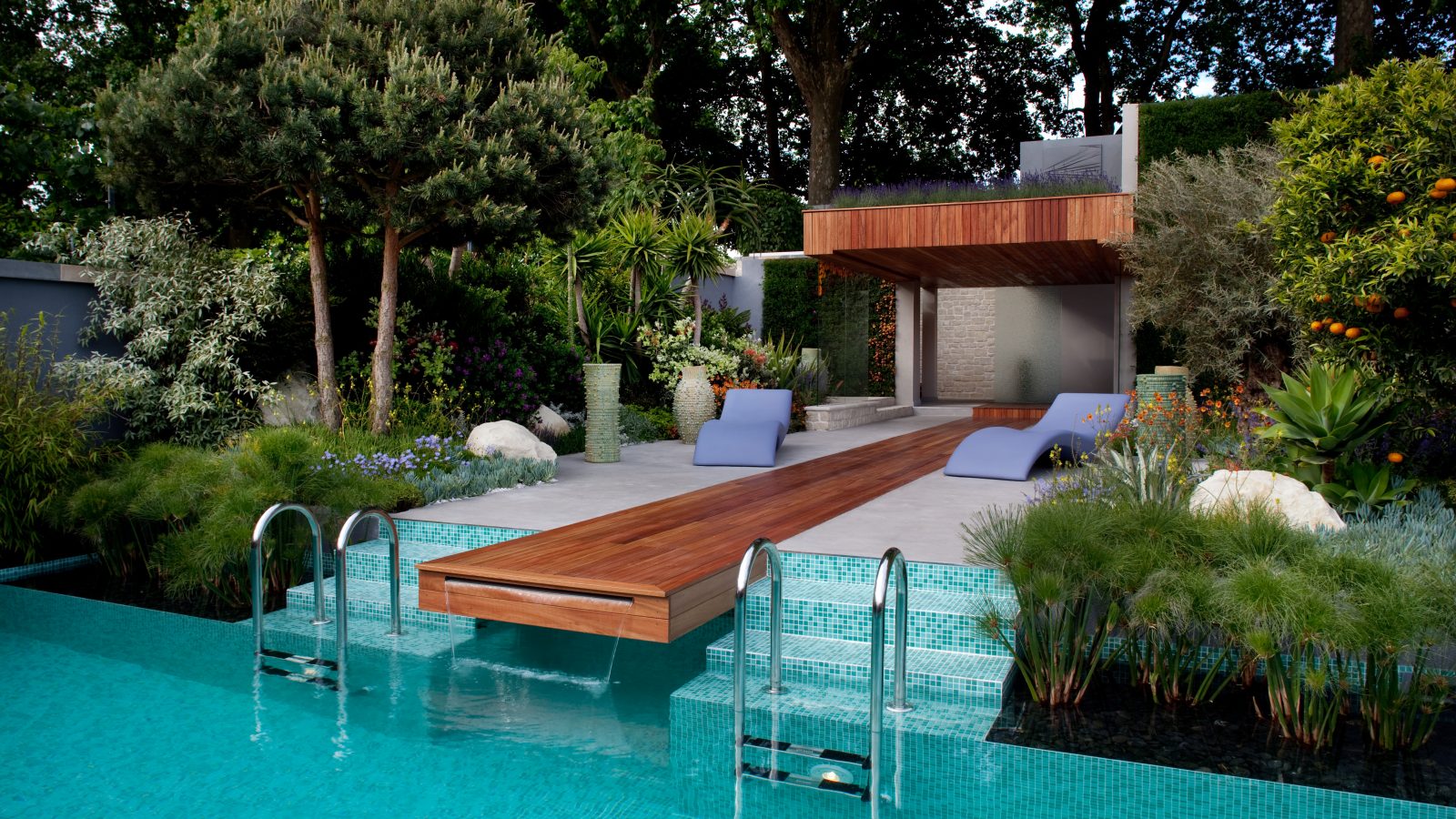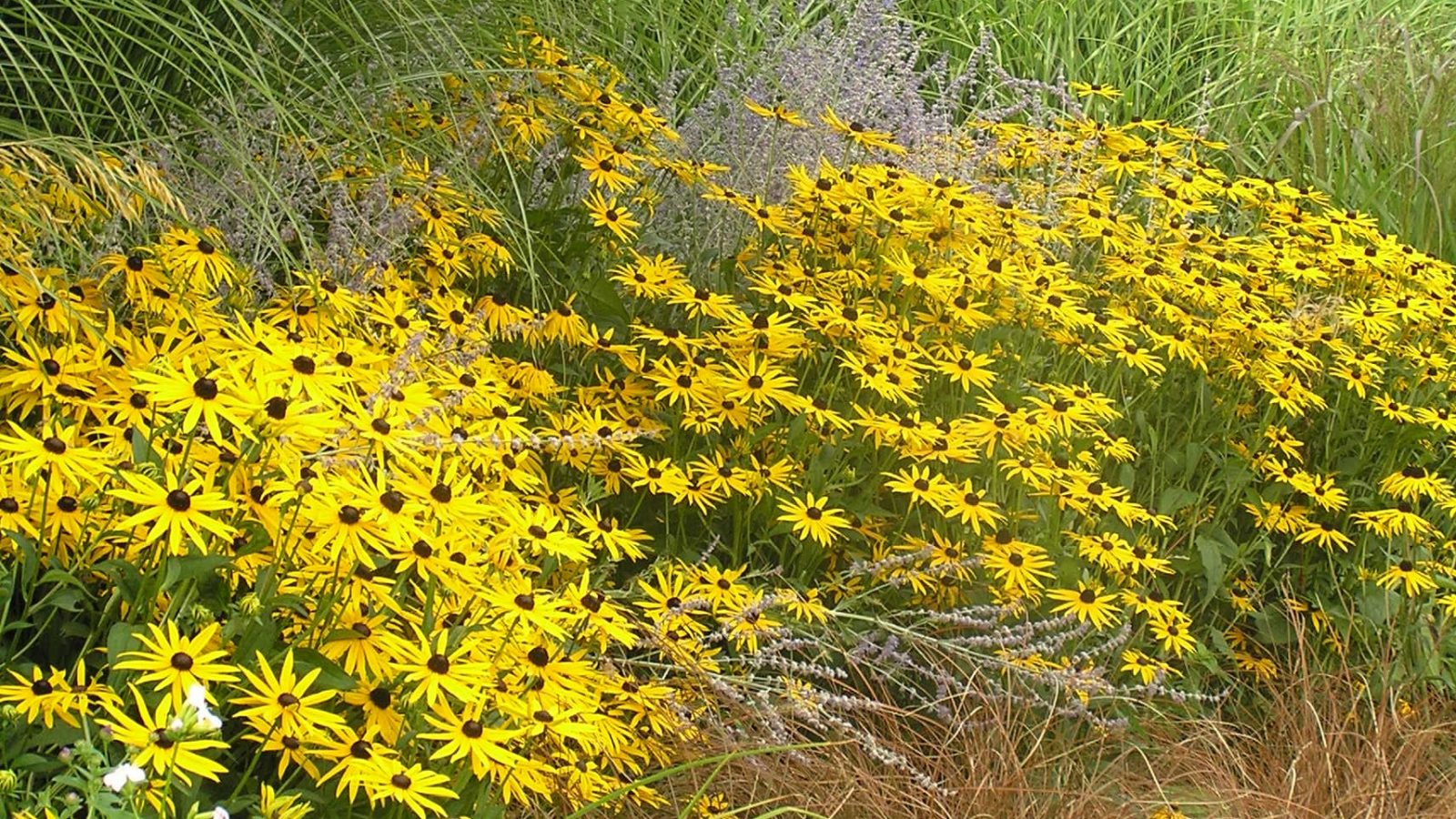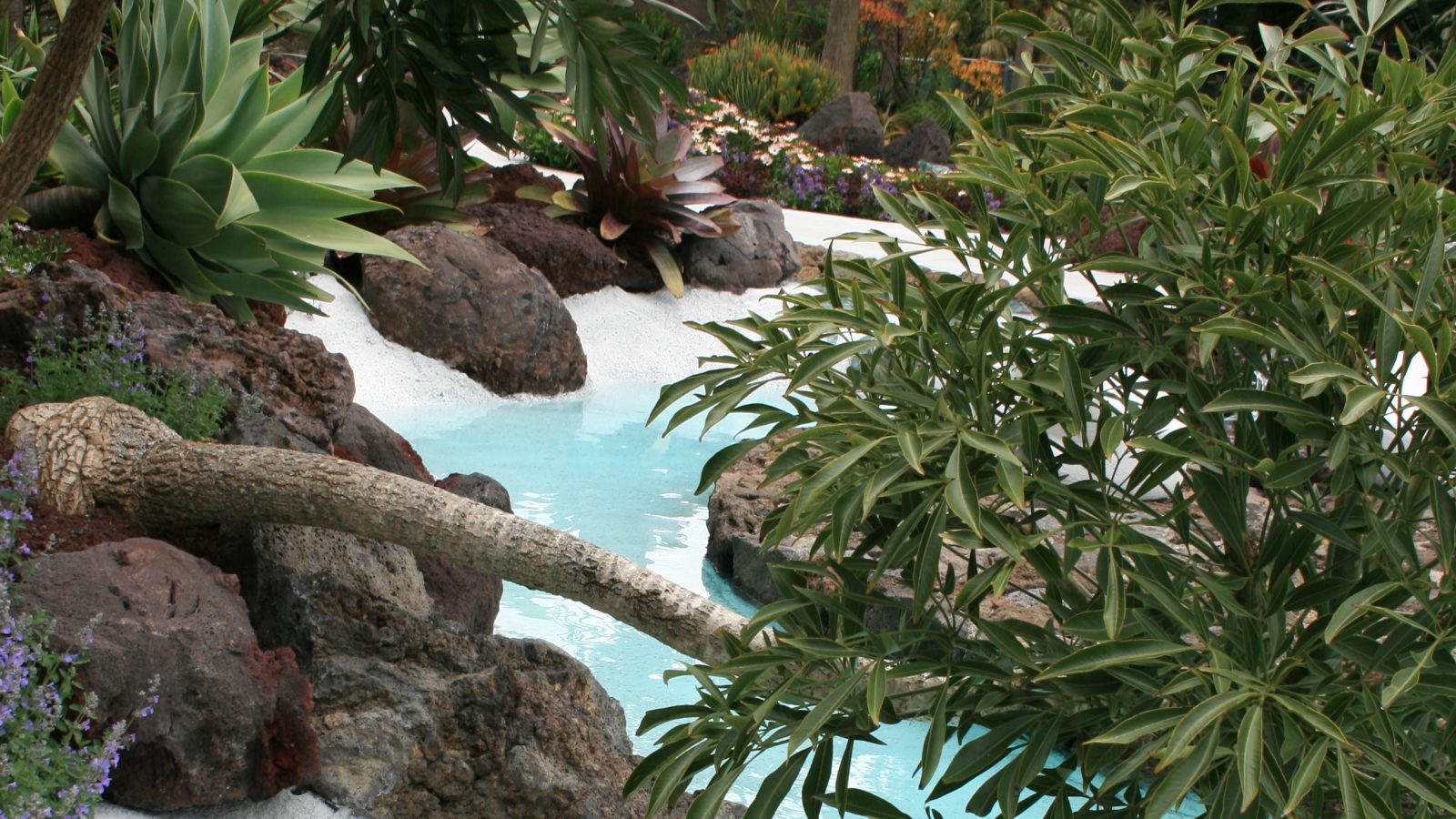Hort show high-achiever, Sarah Eberle, talks about the power of the garden show, her passion for genius loci and leaving those garden pests alone.
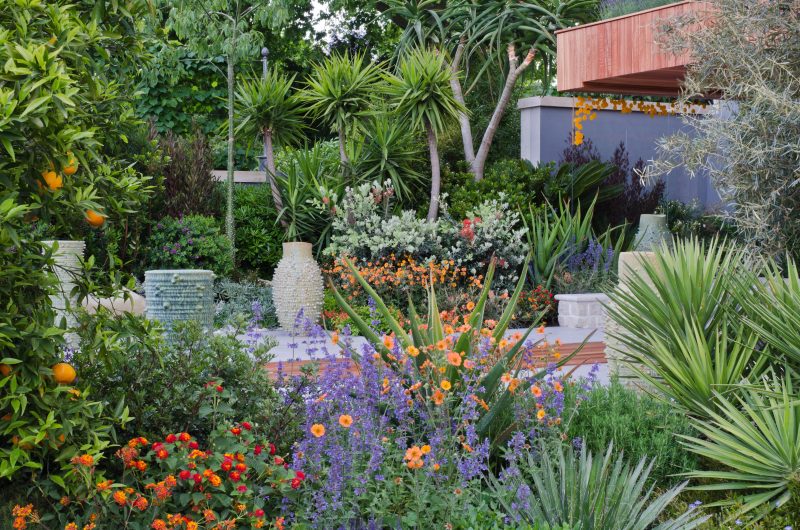
‘A Monaco Garden’ – RHS Chelsea Flower Show 2011
How does being RHS Chelsea’s most decorated designer impact your work?
It doesn’t. I have a grounded and hands on approach to all the work I do, and I never take myself too seriously. It does mean that most clients are familiar with my work, and this gives confidence to both them and me, which helps bring honesty and trust to the relationship.
What is the role of the garden show?
To inspire the visitor and help educate the designers involved. I strongly believe it is a classroom for the designer; a period of self-discipline, personal development, team building and responsibility. It teaches us to own our work and accept responsibility for what we do.
I value working as part of a team and love collaboration. The garden show is the place where it works the best and under intense pressure.
Are you creative outside the garden?
Yes. As a child I indulged a lot in crafts. I love all creative arts with an interest in form and light. Scrapyards and finding items for which I can find a new function. I have an eclectic taste, which I’d like to indulge more, although time is my enemy here. The ethereal rather than material is my interest.
Where is your favourite British natural landscape?
That’s a tough one. Anywhere wild or by the ocean. Growing up in rural Devon, I also love the rolling small-scale pastures there. As a serial landscape monogamist, I love the place I’m in.
International culture has been a big part of your work, with gardens inspired by the Mekong, China, Gaudi and more. Which part of the world particularly excites with its public gardens?
Singapore; because of the level of innovation and pride it has in its green spaces. But anywhere that provides a new experience, or new vocabulary of culture, design, landscape and plants. Change and difference provide me with a great sense of well-being.
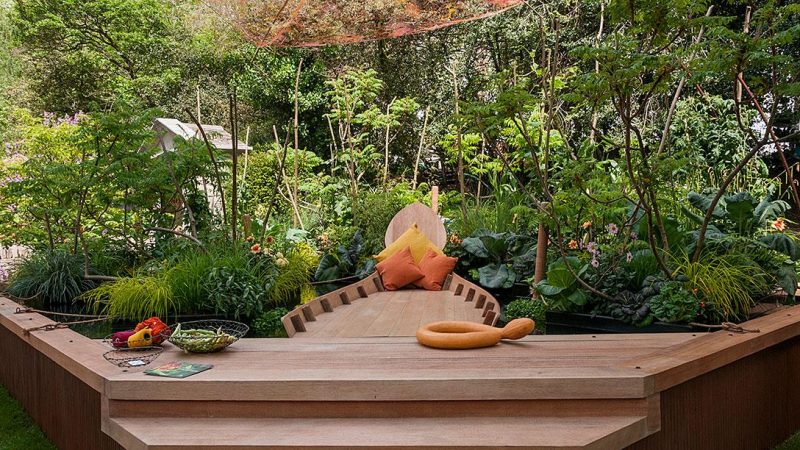
‘The Viking Cruises Mekong Garden’ – RHS Chelsea Flower Show 2016
Who are the people or organisations most transforming the way we see landscape today?
That’s probably a subject for a whole book! Frequently I feel it is no longer the large organisations, but the ground swell of opinion at local and regional level, and in the education of young people, empowered to find voice and make change.
Visualisation is a key part of your approach. Are there examples of good garden design driven by other senses?
There are many. Each depends on the genius loci of the place and intended relationship with the people who use the space. Each individual responds in a different way and each response is valid. Scent, touch, comfort, fear and surprise are just some of the responses we can elicit and use to manipulate the visitor.
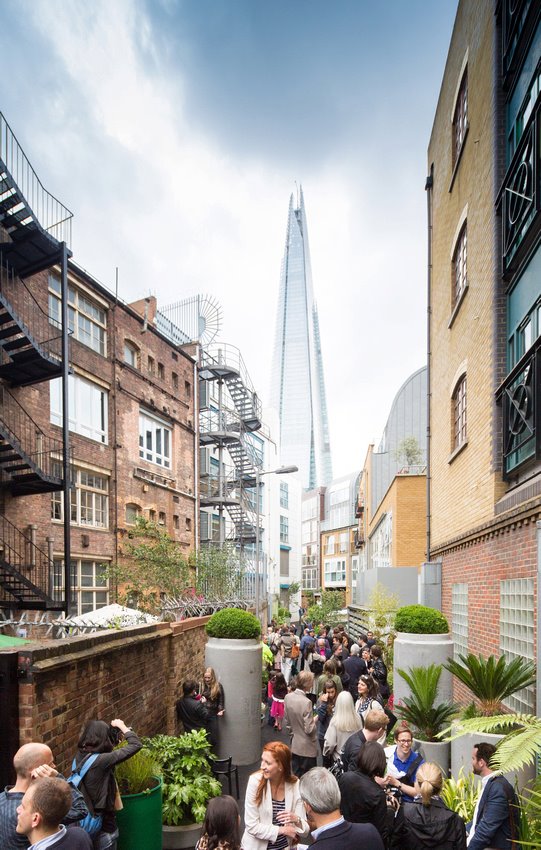
‘The Gibbon’s Rent Project’ – Architect, Andrew Burns. Planting installation, Sarah Eberle.
Most outlandish high concept garden furniture. How often do you come across a piece that raises a giggle?
Dare I say, frequently!
Three artists in three words.
Caesar Manrique; architecture follows nature
Antonio Gaudi; light follows form
Isambard Kingdom Brunel; form follows function
Your favourite garden of the world.
Stourhead. I was married there, in Apollo’s Temple. Sorry, but I guess I’m a romantic! However, I always choose landscape over garden. The relationship between garden and context – genius loci – is my big passion and forms my opinion of how good or great a garden is.
Your favourite garden plant.
Any Euphorbia.
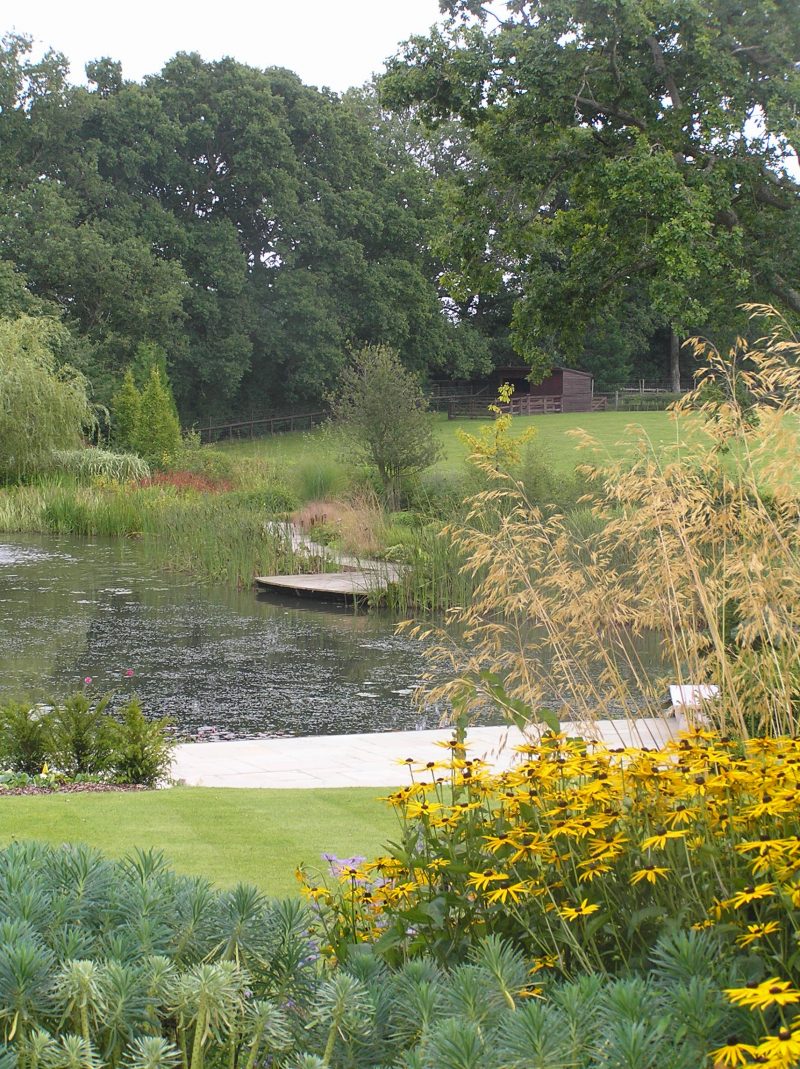
Most irritating plant pest and what you do about it.
Live and let live. If its highly susceptible, plant an alternative. Self-discipline is understanding you can’t always have what you want. Note to self: perhaps avoid obvious hypocrisy!
What are you most thinking about for 2018?
Hoping to do work I can be proud of, as for every year. And something new, as for every year.
Interview published April 2018.

